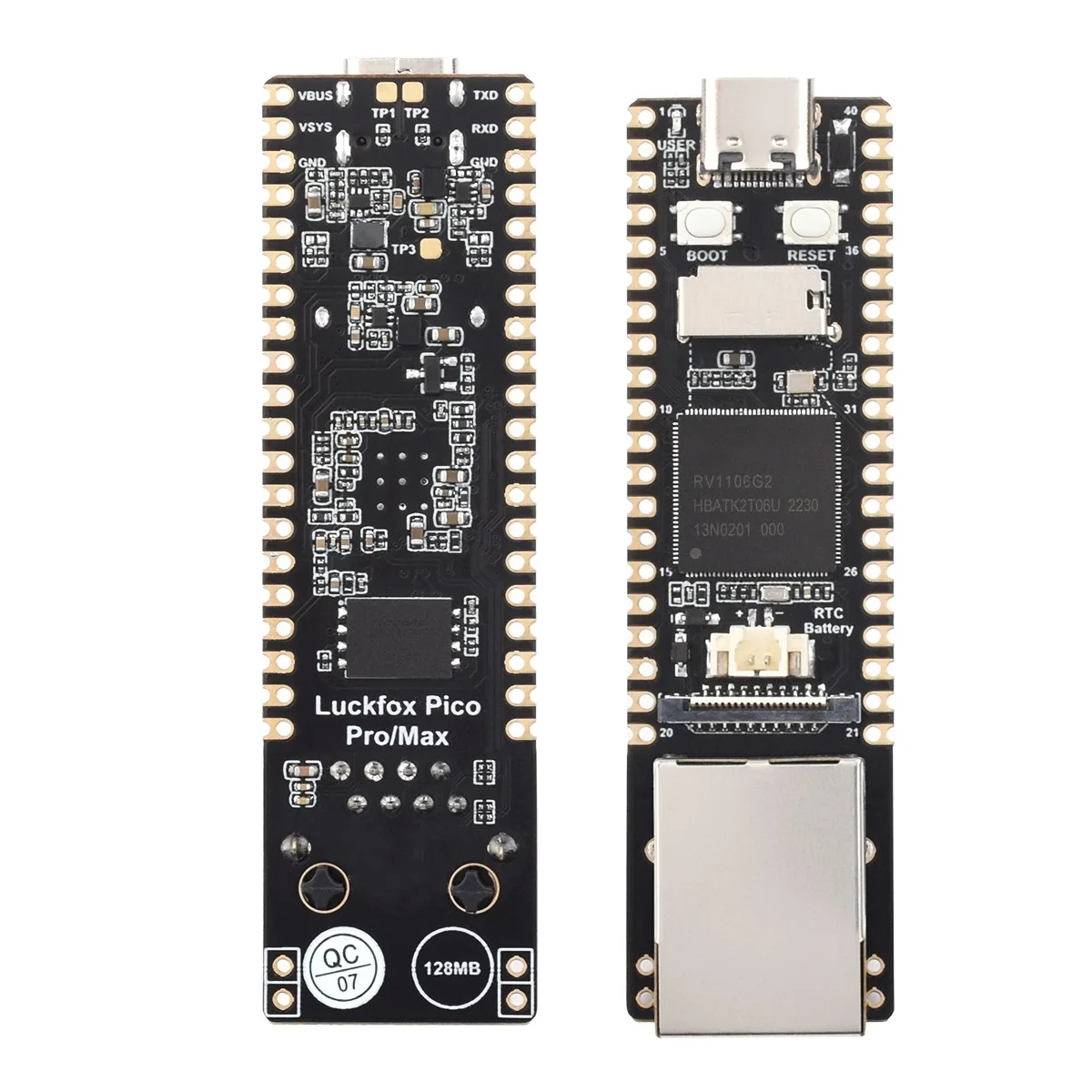El micro pico es un elemento fundamental en el equipamiento de cualquier montañista o escalador que se aventura en terrenos de alta montaña. Este pequeño accesorio, aparentemente insignificante, puede marcar la diferencia entre la seguridad y el riesgo extremo en entornos expuestos y cambiantes.
Conocido también como prusik o cordino de amarre, el micro pico es una pieza de material ligero y resistente que se utiliza para múltiples funciones: desde asegurar un anclaje en una vía de escalada hasta improvisar un sistema de auto-rescate en caso de emergencia. Su versatilidad lo convierte en un elemento indispensable en la mochila de cualquier deportista de montaña precavido.
En este artículo, exploraremos en detalle las características clave que debe tener un buen micro pico, los diferentes usos que se le pueden dar en situaciones reales y algunos consejos prácticos para su correcto uso y mantenimiento. ¡Acompáñanos en esta fascinante travesía por el mundo del micro pico en la montaña!
Micro Pico: El Aliado Indispensable en la Practica de Deportes de Montaña y de Riesgo
Micro Pico: El Aliado Indispensable en la Práctica de Deportes de Montaña y de Riesgo en el contexto de Análisis de productos de deportes de montaña y de riesgo.
Características del micro pico
El micro pico: es un accesorio ligero y compacto, diseñado para actividades de montaña que requieran un equipo mínimo y eficiente. Sus dimensiones reducidas lo convierten en una herramienta indispensable para escaladores y alpinistas que buscan optimizar su peso y espacio en la mochila.
Funcionalidades del micro pico
Este accesorio versátil: cuenta con una punta afilada y resistente, ideal para realizar pequeñas labores de corte y manipulación en terrenos rocosos o helados. Su mango ergonómico facilita un agarre firme y seguro, permitiendo un manejo preciso incluso con guantes. Además, algunos modelos incluyen un mosquetón integrado para colgarlo cómodamente del arnés o la mochila, manteniéndolo siempre al alcance.
Usos recomendados del micro pico
El micro pico: se utiliza principalmente para tareas de anclaje improvisadas, limpieza de fisuras, corte de cuerdas, hielo o materiales diversos, así como para la realización de pequeñas modificaciones en el equipamiento de escalada. Su tamaño reducido lo convierte en un complemento ideal para situaciones de emergencia o como herramienta de apoyo en situaciones técnicas y exigentes en la montaña.
Más información
¿Cuál es la funcionalidad principal del micro pico en actividades de montaña?
La funcionalidad principal del micro pico en actividades de montaña es proporcionar un agarre adicional en terrenos escarpados y facilitar la progresión en situaciones de escalada técnica.
¿Cuáles son las características que hacen que un micro pico sea seguro y eficiente?
Un micro pico es seguro y eficiente cuando presenta un diseño ligero pero resistente, ofrece un buen agarre en diferentes tipos de terreno y cuenta con una punta afilada y duradera para facilitar el anclaje en la nieve o hielo.
¿Qué materiales y tecnologías suelen utilizarse en la fabricación de micro picos para mejorar su rendimiento en terrenos abruptos?
Los micro picos suelen utilizar materiales como acero inoxidable o aluminio para su fabricación, y tecnologías como el afilado con láser para mejorar su rendimiento en terrenos abruptos.
En conclusión, el micro pico se ha revelado como un componente esencial para la seguridad y el rendimiento en los deportes de montaña y de riesgo. Su diseño innovador y resistente brinda a los deportistas la confianza necesaria para enfrentar desafíos extremos en entornos hostiles. No cabe duda de que contar con un micro pico de calidad es fundamental para garantizar una experiencia segura y exitosa en las alturas.
- Raspberry Pi Pico -> A tiny, fast, and versatile board built using dual-core processor. Comes with pinout card and stickers.
- 3 tutorials with MicroPython, C and Processing (Java) code -> The download link can be found on the product box. (No paper tutorial.)
- Example projects -> Each project has circuit diagrams and verified code with detailed explanations. (Need extra items.)
- Easy to use -> Just connect it to your computer (installed IDE) with a USB cable to program it.
- Get support -> Our technical support team is always ready to answer your questions.
- Bajo costo y alto rendimiento ---- Raspberry Pi Pico es una tarjeta microcontrolador basada en el microcontrolador Raspberry Pi RP2040. Fue diseñado para ser una tarjeta microcontrolador de bajo costo y alto rendimiento con interfaces digitales flexibles.
- Características del procesador --- Procesador de doble núcleo Arm Cortex M0 +, reloj flexible de hasta 133 MHz. 264 KB de SRAM y 2 MB de memoria Flash integrada.
- Soporte de software múltiple --- Raspberry Pi Pico tiene un soporte de software rico y completo y recursos comunitarios. Viene con un SDK C / C ++ oficial completo de Rasberry Pi, Micropython SDK.
- Pines GPIO multifunción --- Tiene 26 × pines GPIO multifunción, 2 × SPI, 2 × I2C, 2 × UART, 3 × ADC de 12 bits, 16 × canales PWM controlables.
- Compatibilidad con dispositivos personalizados --- 8 × máquinas programables de estado E / S (PIO) para compatibilidad con dispositivos personalizados
- New Store Stock
- Halfacree, Gareth (Autor)
- Capacidad: 16 GB
- Interfaz del hardware: USB 2.0
- Tipo de conector: USB tipo A
- Marca: Philips
- Monk, Dr Simon (Autor)
- Single-core ARM Cortex-A7 32-bit core with integrated NEON and FPU. Integrated with built-in POR, audio codec and MAC PHY
- Built-in Rockchip self-developed 4th generation NPU, features high computing precision and supports int4, int8, and int16 hybrid quantization. The computing power of int8 is 0.5 TOPS, and up to 1.0 TOPS with int4
- Built-in self-developed third-generation ISP3.2, supports 5-Megapixel, with multiple image enhancement and correction algorithms such as HDR, WDR, multi-level noise reduction, etc.
- Features powerful encoding performance, supports intelligent encoding mode and adaptive stream saving according to the scene, saves more than 50% bit rate of the conventional CBR mode so that the images from camera are high-definition with smaller size, double the storage space
- Built-in 16-bit DRAM DDR2, which is capable of sustaining demanding memory bandwidths
- McGraw-Hill Education Tab
- Norris, Donald (Autor)
- [Powerful Processing Capability] LUCKFOX Pico Mini(B) with 128MB SPI NAND FLASH is equipped with a highly integrated IPC vision processor SoC, RV1103 chip, featuring a single-core ARM Cortex-A7 32-bit core with integrated NEON and FPU. With a built-in NPU supporting INT4/INT8/INT16 mixed operations, it delivers a remarkable computing power of up to 0.5TOPs
- [Advanced Image Processing] The Development Board features a new hardware-based ISP that supports a range of Algorithm Accelerator, including HDR, 3A, LSC, 3DNR, 2DNR, sharpening, and gamma correction. This enables enhanced image quality and correction, making it ideal for various AI-related applications.(The Self-developed third-generation ISP3.2 supports 4 megapixels with multiple image enhancement and correction algorithms such as HDR, WDR, and multi-level noise reduction)
- [High-performance Encoding] LUCKFOX Pico Mini(B) with 128MB FLASH offers powerful encoding performance with intelligent encoding mode and adaptive stream saving for optimized bit rate. By saving more than 50% of bit rate compared to conventional CBR mode, it ensures high-definition images with smaller file sizes, effectively doubling the storage space
- [Versatile Application Scenarios] This Development Board is designed for a wide range of applications, such as smart home devices, industrial automation devices, robots and drones, intelligent surveillance devices, intelligent transportation devices, and intelligent medical devices. Its versatility makes it suitable for various AI application scenarios
- [Developer-Friendly] LUCKFOX Pico Mini(B) with 128MB FLASH supports multiple interfaces, including GPIO(17pins), UART, SPI, I2C, USB, etc., enabling developers to carry out rapid development and debugging. With built-in 16-bit DRAM DDR2, POR, audio codecs, MAC PHY, and RISC-V MCU, it ensures efficient memory bandwidth, streamlined functionality, and low power consumption. It also integrates Micro TF card holder and MIPI CSI 2-lane camera interface, making development simpler
- Single-core ARM Cortex-A7 32-bit core with integrated NEON and FPU. Built-in 16-bit DRAM DDR2, which is capable of sustaining demanding memory bandwidths. Integrated with built-in POR, audio codec and MAC PHY.
- Built-in Rockchip self-developed 4th generation NPU, features high computing precision and supports int4, int8, and int16 hybrid quantization. The computing power of int8 is 0.5 TOPS, and up to 1.0 TOPS with int4.
- Built-in self-developed third-generation ISP3.2, supports 4-Megapixel, with multiple image enhancement and correction algorithms such as HDR, WDR, multi-level noise reduction, etc.
- Features powerful encoding performance, supports intelligent encoding mode and adaptive stream saving according to the scene, saves more than 50% bit rate of the conventional CBR mode so that the images from camera are high-definition with smaller size, double the storage space.
- Built-in RISC-V MCU supports low power consumption and fast start-up, supports 250ms fast picture capture and loading AI model library at the same time to realize face recognition "in one second".
- Luckfox Pico Mini Linux micro developmentboard, based on Rockchip RV1103 chip, integrates ARM Cortex-A7/RISC-V MCU/NPU/ISP processors, supports a variety of interfaces including MIPI CSI, GPIO, UART, SPI, I2C, USB, etc. which is convenient for developing and debugging quickly
- Micro RV1103 Linux development board integrates single-core ARM Cortex-A7 32-bit core with integrated NEON and FPU, built-in RISC-V MCU supports low power consumption and fast start-up, supports 250ms fast picture capture and loading AI model library at the same time to realize face recognition "in one second"
- Built-in Rockchip self-developed 4th generation NPU, features high computing precision and supports int4, int8, and int16 hybrid quantization. The computing power of int8 is 0.5 TOPS, and up to 1.0 TOPS with int4
- Built-in self-developed third-generation ISP3.2, supports 4-Megapixel, with multiple image enhancement and correction algorithms such as HDR, WDR, multi-level noise reduction, etc.
- Features powerful encoding performance, supports intelligent encoding mode and adaptive stream saving according to the scene, saves more than 50% bit rate of the conventional CBR mode so that the images from camera are high-definition with smaller size, double the storage space, built-in 16-bit DRAM DDR2, which is capable of sustaining demanding memory bandwidths, integrated with built-in POR, audio codec and MAC PHY


















